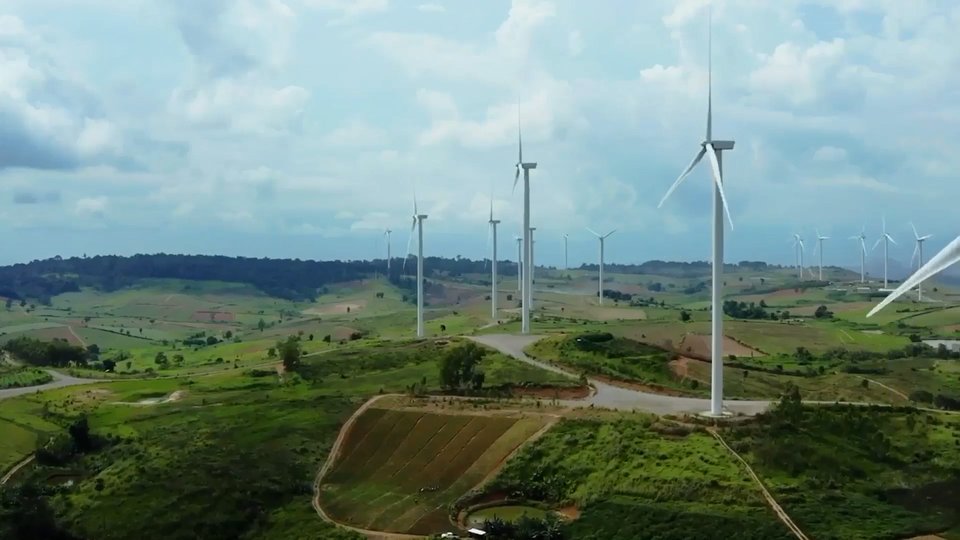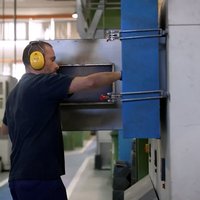Martin Olazar: The key to the proper use of incinerators is the correct separation of waste.
Is there another alternative to combustion for garbage?

So far the garbage has been deposited in landfills. There are materials that are recycled like glass and paper, but with the rest we do not know what to do. Many landfills have overflowed or will be filled in a few years. In addition, in Europe the law is becoming increasingly restrictive and soon only waste that cannot be treated can be brought to landfill.
Therefore, the next step is inevitably combustion. At the moment there is no more suitable method. Yes, if things are done well and strict security measures are taken. The truth is that it is almost the only large-scale option, as we have no alternative but to treat large amounts of garbage.
At the moment we are a bit late. If we travel north of Europe, there is more awareness. The wood industry has a lot of strength and has sawdust and incinerators for the treatment of the rest of the waste. These facilities were designed for burning urban waste. In Germany, for example, other methods will soon be implemented. They have been using incinerators for years and are very advanced in waste treatment.
In addition, they make a very demanding classification. With organic matter, for example, compost is manufactured at home, as batteries, etc. We should follow his model: we should reuse as much as possible instead of recycling. And what cannot be reused or recycled would go to the incinerator, but well classified. The idea is how to make the combustion of any substance, but the essence is to separate or classify the trash well; in short, the more homogeneous the material that is burned, the easier the process is.
Dioxins are the most worrying people. What is the risk of dioxins in incinerators?
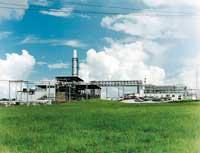
Dioxins can be formed both in the combustion chamber and in the refrigeration cleaning process. Metals catalyze chlorinated compounds resulting in dioxins and furans. This is especially between 300 and 400°C. Incineration is performed at high temperature, between 800 and 1,100 °C. But if the supply of the chamber is not homogeneous, there are lower temperature zones in which dioxins are produced.
Cooling the gas produced in combustion also requires passing as soon as possible by the temperature margin in which dioxins are generated. And if dioxins are still generated, there is an active carbon bed to collect them.
However, dioxins are not the only dangerous substances that are generated. By chance, high temperatures are used to prevent dioxin, but nitrogen oxides are generated. In Germany these oxides, treated with ammonia, have developed special column designs based on empirical data, which do not know the influence of the structure of the gas treatment column on the elimination of nitrogen oxides.
It is predictable that no harmful gases come out from chimneys...
So it will be if drastic measures are taken. If the German example is followed, for example, very strict rules will apply. There the control is not only performed in the incinerator, but also from outside. This way they move well below the established emission limits.

But it is not enough to set standards, but it is also necessary to investigate. Emission limits are set based on current knowledge. Although it seems to us that cross-border issuance is not harmful, it is possible that in a few years it will prove otherwise. This happened with dioxins and other compounds.
Therefore, it is necessary to control the compounds generated in combustion if a safe installation is desired. What conditions does an incinerator have to meet to do the job well?
For proper combustion, three conditions must be met: high temperature, maintenance of combustion until complete termination in the feeding chamber, and an effective feeding that allows maintaining the temperature at all points of the chamber.
The most normal incinerator is the grill. In this type of installation the garbage is poured onto a camera grill, air enters through the grill slots and the garbage burns. Combustion should be performed at high temperatures. The goal is to achieve the best possible contact between solid and air. One of the problems of combustion is that, if the solids are standing and the air does not enter the interior, the interior temperature is lower, about 400 °C lower and at that temperature dioxins can be produced.
To achieve the same temperature in all areas of the chamber there are specially prepared incinerators, called fluid bed. These replace the grill with a bed of sand through which the air enters. Higher installation and maintenance costs, but higher combustion control. In conventional incinerators, on the contrary, the control is more complicated and it is necessary to be continuously over.
On the other hand, the more homogeneous the burning material, the easier it is to adjust the parameters of the installation, the resulting gas has fewer compounds, which facilitates cleaning or debugging.
What will come in the future?
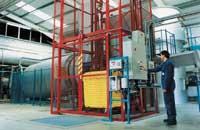
It seems that the next step will be gasification. During World War II it was used with coal and other substances, and although it has been somewhat forgotten, today there are pilot plants and the technology is quite developed.
Gasification uses about the same temperature as conventional combustion, but less air is used. The resulting gas is a synthesis or combustion gas. The main advantage over combustion is the reduction of gas generation, since most waste remains in solid form, such as metals, which reduces the risk of dioxins.
But this technology also has problems. In fact, not only gas is produced, but also tar or paraffin forms that deteriorate the combustion system. This problem would be solved by the use of suitable catalysts, but this greatly increases the process.
Another method of the future is pyrolysis. In this case lower temperatures are used, which further reduces the generation of gases. The resulting product is basically liquid. This liquid is corrosive and generates combustion problems. It seems that pyrolysis will still have to be further investigated to improve and use it on a large scale.
Will we see this type of facility shortly?
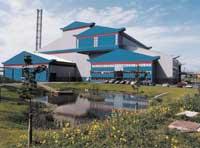
I think within about ten years we will see large gasification facilities. A lot of research is being done in waste treatment plants and much progress has been made in the last ten years. But the biggest drawback is economic. Gasification and pyrolysis remain costly. However, as research progresses, it will become cheaper.
Combustion is not cheap either. Sometimes they say it is profitable, but it will never be profitable, even if you use cogeneration. If garbage is cheaper than other treatment, but it is much cheaper to get electricity out of oil.
It is clear that the simplest thing is to use oil and natural gas and accumulate garbage in landfills, but it cannot be followed.
Buletina
Bidali zure helbide elektronikoa eta jaso asteroko buletina zure sarrera-ontzian



